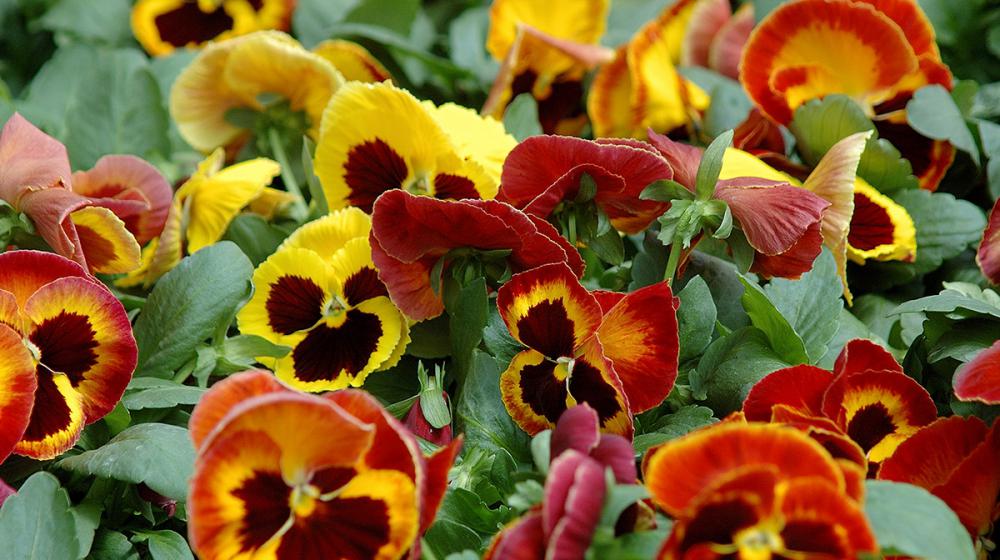
Some Matrix flowers have solid color flowers without the blotches, and the throat of each one has a small yellow eye. (Photo by MSU Extension Service/Gary Bachman)


Winter months are the perfect time to cut hardwood plants, like crape myrtles, roses, hydrangeas, and wisteria for new growth. Propagating is an easy and cost-effective way to expand your existing plant collection. Extension Information Sheet, “Propagating Plants for the Home Landscape,” offers more insight on how to properly cultivate and plant these cuttings.
Planting
- Plant shrubs and trees after the soil cools.
- Plant summer-blooming perennials: irises, daylilies, and daisies.
- Plant winter and spring annuals: pansies, pinks, flowering cabbage, and kale.
- Root rose cuttings and other woody ornamentals.
Pruning
- Remove dead limbs and lightly prune evergreen shrubs.
- Cut off tops of brown perennials; leave roots in the soil.
- Do not prune spring-flowering shrubs such as azaleas, hydrangeas, mock oranges, spireas, and flowering quince because flower buds are already forming.
- Delay pruning of most trees and shrubs until February since any new growth stimulated by pruning may be killed by a sudden freeze.
Miscellaneous
- Put leaves and spent annuals into your compost bin.
- Add mulch to your garden and all ornamental beds for winter protection.
- Repair and sharpen garden tools; store with a light coating of oil to prevent rusting.
- Build bird feeders and houses.
Blooming
- Impatiens, cannas, roses, witch hazel, gerber daisies, sweet olives, camellias, sasanquas, Japanese plums, and poinsettias.
Fruiting
- Dogwoods, pyracanthas, yaupons, Chinese hollies.




